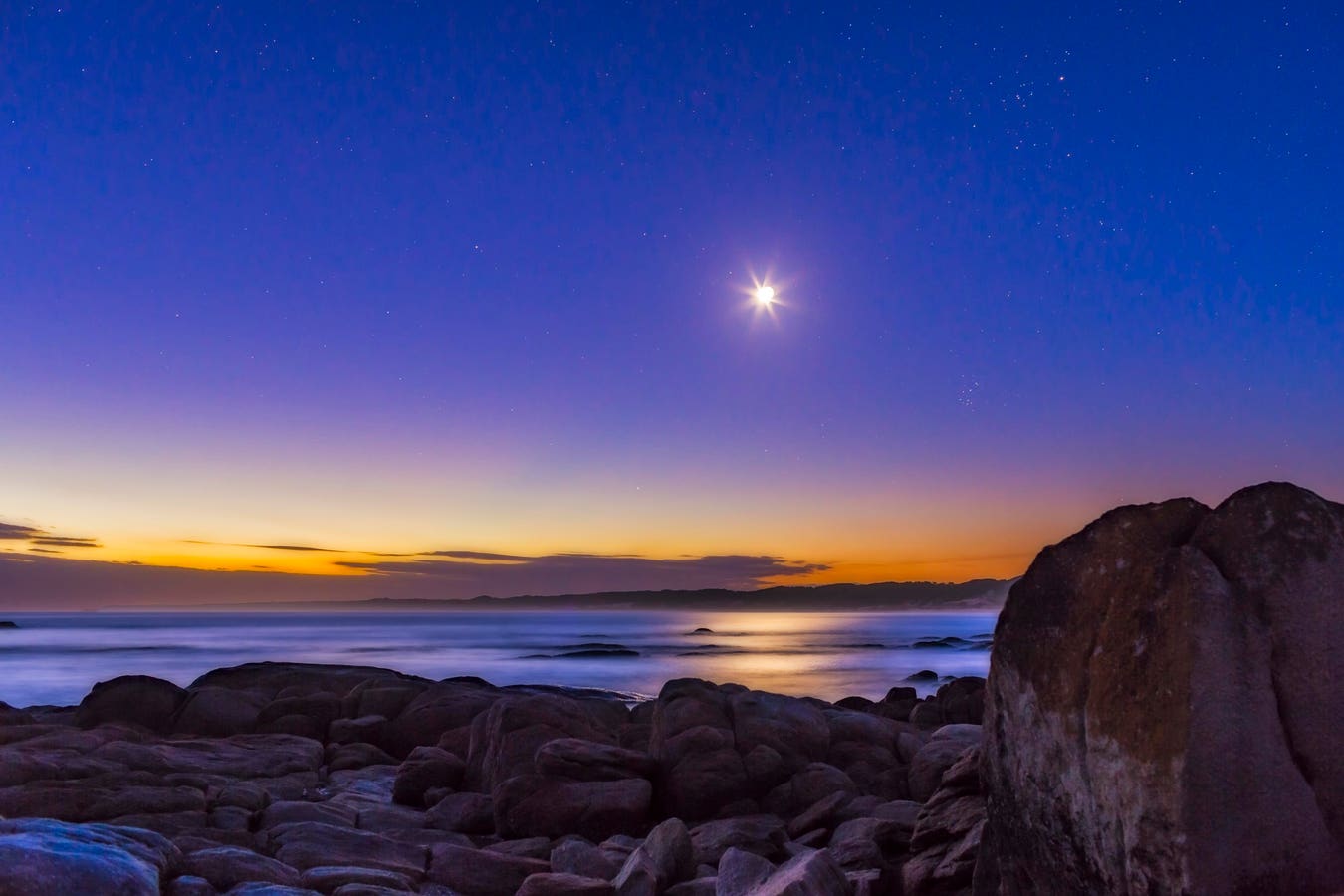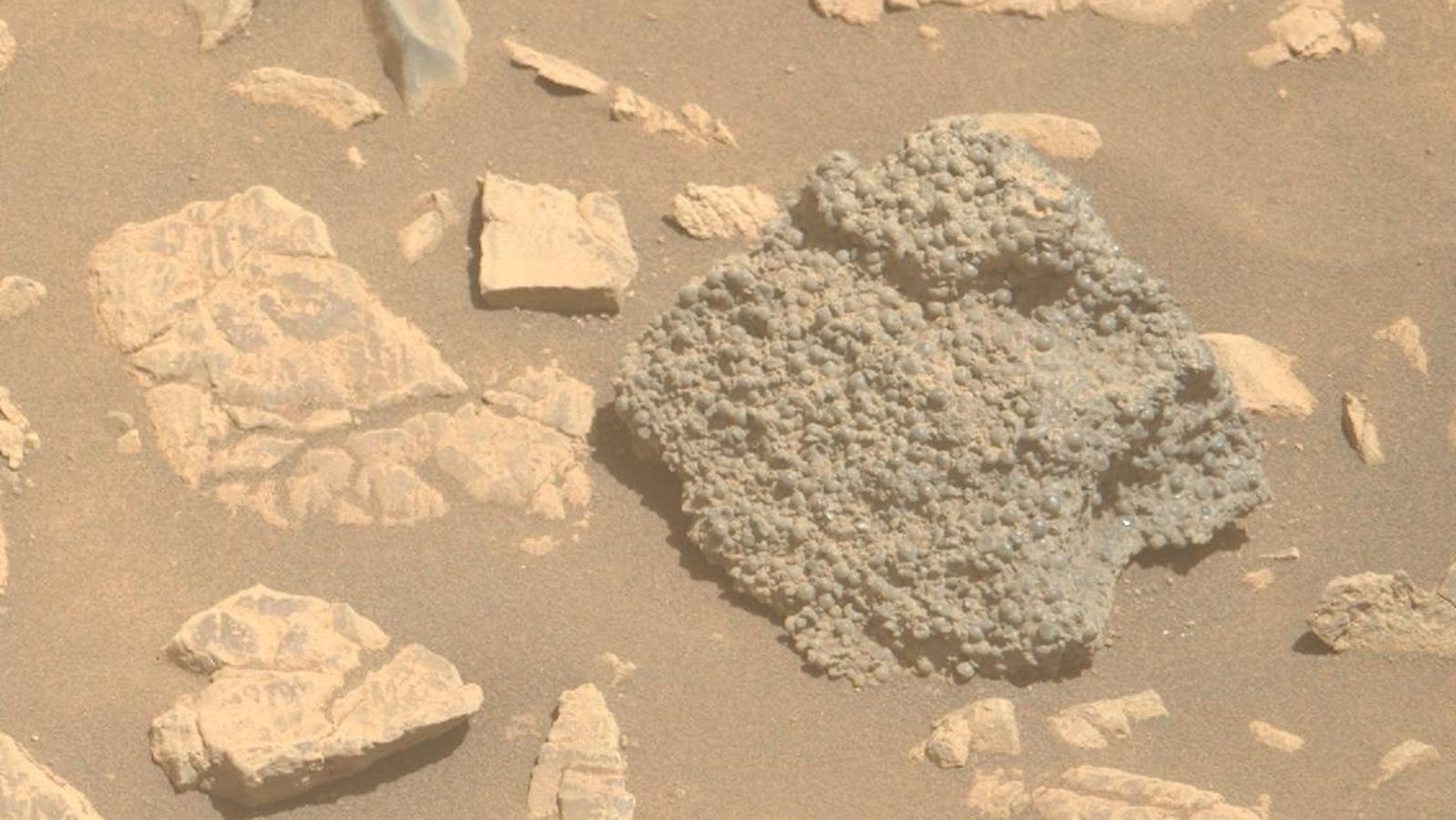The waxing crescent Moon in deep evening twilight with stars beginning to appear, with the Moon in … More
Early risers in North America are in for a skywatching spectacle on Sunday, July 20, as two of the most beautiful objects in the night sky meet head-on.
A waning crescent moon, just 24% lit, will appear to cross directly in front of the Pleiades star cluster (also known as M45 and the “Seven Sisters”) in what astronomers call an occultation, an appulse, or an eclipse. The rare event will be visible before sunrise across the U.S., Canada and parts of Mexico. From other parts of the world, the moon won’t pass directly in front of the cluster, but it will still be unusually close.
Sunday, July 20: Moon And The Pleiades
When And Where To Look
To catch the moon and the Pleiades together, you’ll want to be outside between about 2:00 a.m. EDT when the pair rise in the east-northeast and 5:00 a.m. EDT when dawn breaks, according to In-The-Sky.org.
What You’ll See
During the event, the moon will pass in front of the brightest stars of the Pleiades, including Alcyone, the brightest, briefly blocking them before revealing them again. If you observe after about 3:00 a.m. EDT, you’ll see Venus will rise below the pair.
The entire spectacle is, of course, nothing more than a line-of-sight illusion. While the moon will be about 226,000 miles (364,000 kilometers) distant, the Pleiades is 445 light years. To put that in perspective, light from the moon will take just 1.3 seconds to reach your eyes. In contrast, light from the Pleiades takes 445 years — that’s the late 16th century before telescopes were invented.
This long exposure picture taken on December 23, 2017 shows the Pleiades, as seen from Bago, … More
Observing tips
All you need is an alarm clock and a clear view of the east-northeast horizon. The soft glow of the crescent moon in front of the star cluster will be a stunning spectacle — to the naked eye or through binoculars.
What’s Next In The Night Sky
Get up closer to dawn the following morning, July 21, and you’ll see the moon below the Pleiades, making a four-pointed shape with Venus and Aldebaran, the brightest star in the constellation Taurus. Later this month, the Delta Aquariid meteor shower will peak around July 30.
For exact timings, use a sunrise and sunset calculator for where you are, Stellarium Web for a sky chart and Night Sky Tonight: Visible Planets at Your Location for positions and rise/set times for planets.
Wishing you clear skies and wide eyes.









